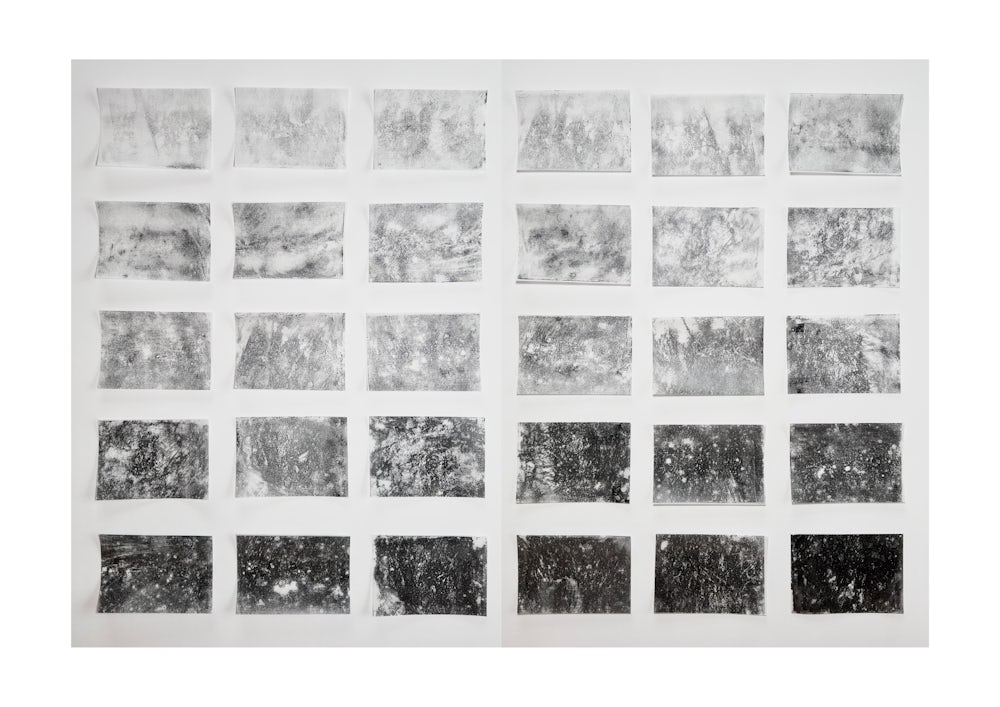Katy Hughes
"The Peppered Moth"
Section MS6, Gabriella Demczuk
Keywords: environment, air, pollution, nature, book, photography, prints
The flip book illustrates the peppered moth' s environmental adaptation, highlighting the effects of burning coal for energy through the more tangible and comprehensible scale of the moth.
During Manchester's 19th-century industrial growth, when coal was ubiquitous, soot rendered the bark of silver birch trees where the peppered moth rests, camouflaged from predators. This environmental change influenced the evolution of the moth as natural selection favoured the more inconspicuous, darker coloured variants, exemplifying industrial melanism. Once the Clean Air Act was established, its success was materialised through the resurgence of the 'original' lighter coloured peppered moths. The flip book narrates this shift in population frequencies, which was indicative of the environmental quality at the time. When used in reverse, the book retells a more recent and hopeful story of how the moth' s evolution, parallel to the environmental condition, was reversed and restored.
The pages of the flip book are held together by clips which can be removed. Whilst the format of the book enables motion, narrative and layering, the option to view the prints side-by-side highlights the scale and variety of the population.
By using only one image of the wing pattern to print with, the inconsistent quality of printmaking can be utilised, offering more control to the material and process to provide the variance in shade and speckles with each print. Reminiscent of the moths genetic response, the amount of soot -based ink present directly correlates to the shade of the moth swing. The assortment of prints is representative of the genetic variations of the moth, encouraging comparison and offering significance within the multiples, repetition and seriality.




